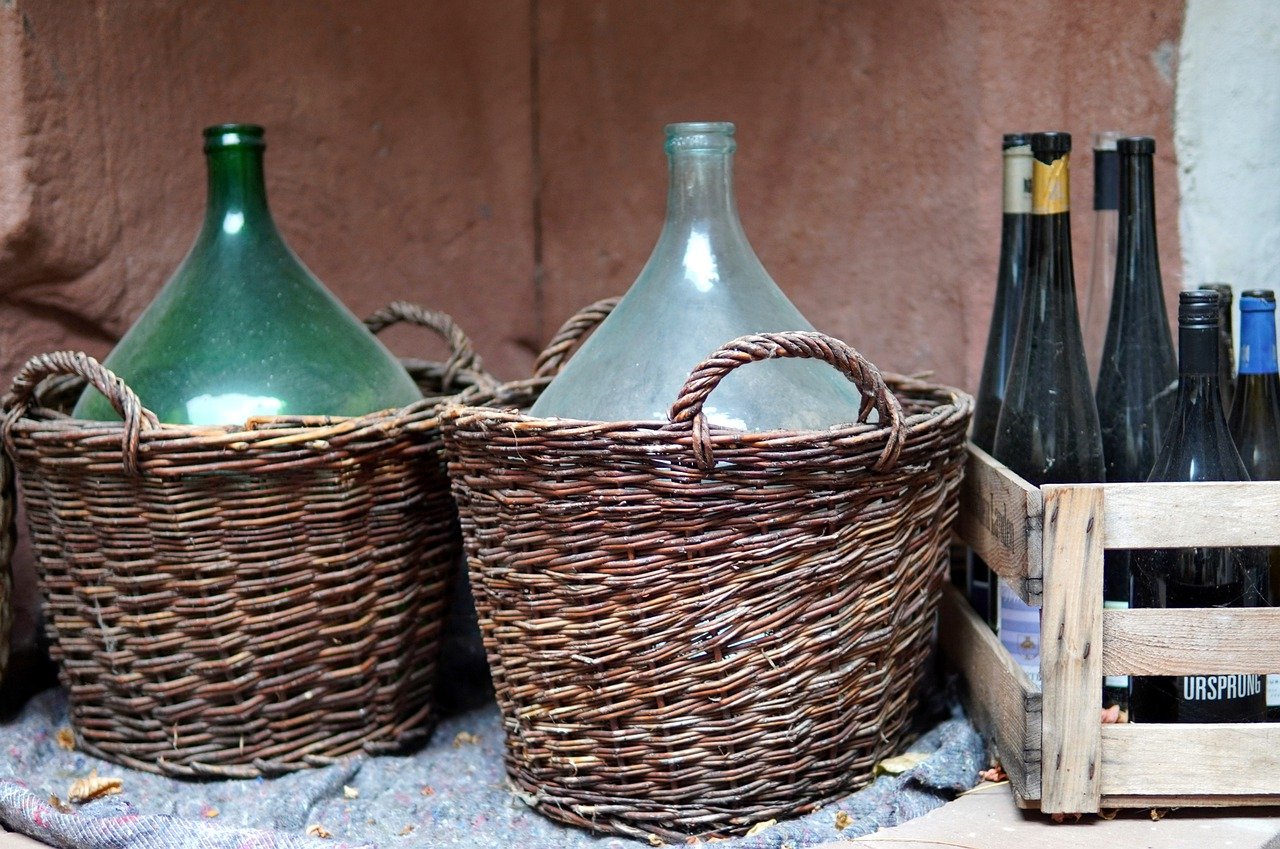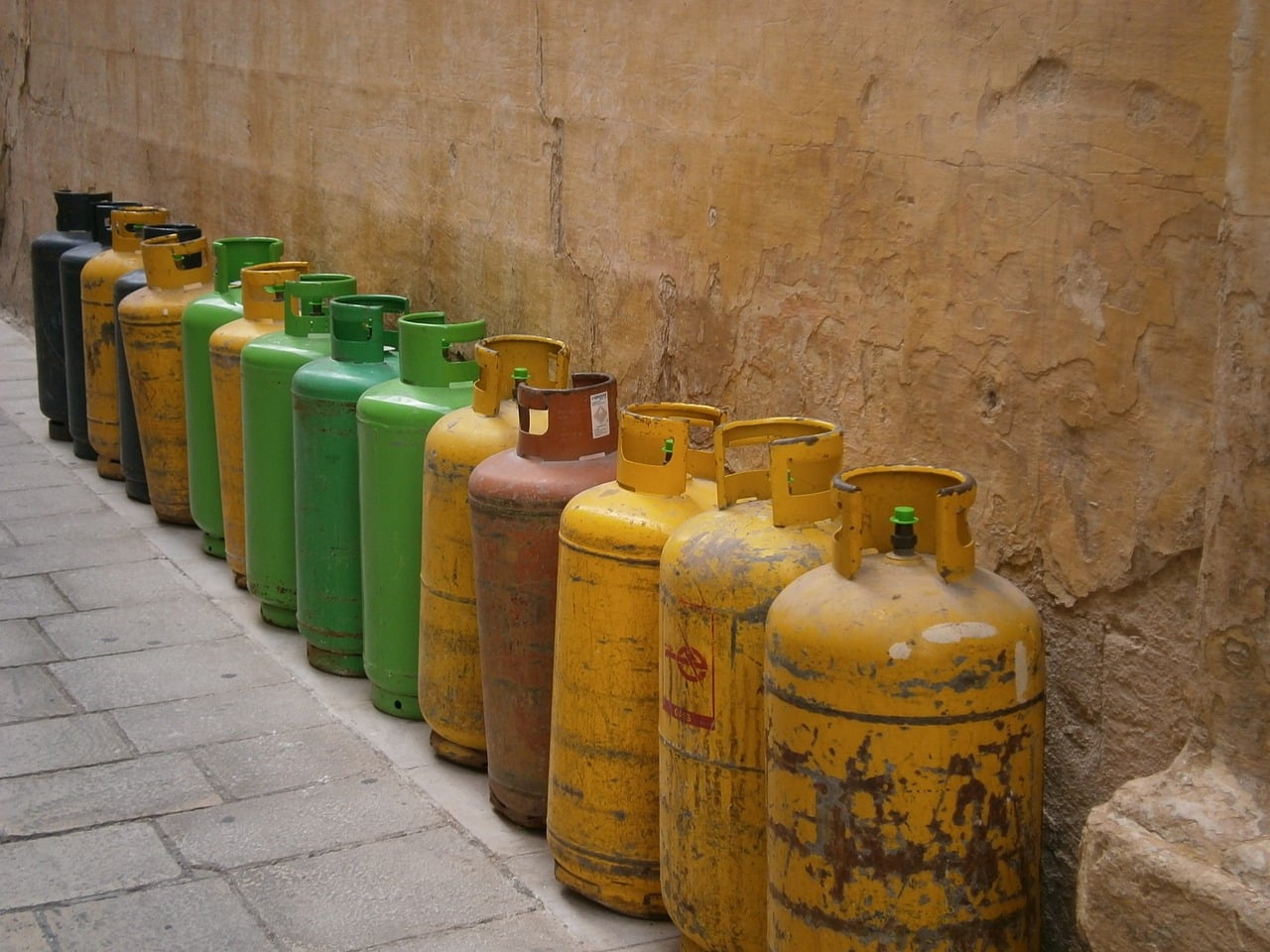
The demijohn is a glass carafe used to store and transport liquids.
A carafe is a glass vessel with a spherical body and long neck that is intended for the storage and transfer of liquids .
This notion is very broad, since it can refer to different types of containers and packaging . Sometimes a bottle is referred to as a jug , which can be made of plastic , metal or other materials.
Etymology
The word carafe has its origins in the classical Arabic garrafah , meaning "bottle." This came to our language during the time of Arab influence in the Iberian Peninsula, especially in the Middle Ages. Some language scholars claim that it was first adopted by Portuguese and that we later received it in Spanish. In fact, there are also those who speak of a more distant etymological antecedent, the Moroccan word ḡerraf .
Demijohn
A demijohn is a type of glass container, generally large in size and shaped like a rounded bottle . It is used to store and transport liquids, such as water, wine, oil or other liquids. Demijohns usually have a considerable capacity, and can vary in size from a few liters to dozens.
The origin of the term demijohn is uncertain, but it is believed that it could be related to the name Damascus , a city in Syria, which was known for its glass and ceramic production in ancient times. These jugs were used to transport and store various liquids, and over time, the term spread to other regions.
In some cultures and regions, demijohns are also known by other names, such as jug , in some places in Latin America and Spain. These containers are popular for their storage capacity, and throughout history, they have been used in various contexts, both in homes and wineries, to factories producing alcoholic beverages and other products.
Today, demijohns have aesthetic and nostalgic value in interior decoration, and are often reused as decorative elements, vases or even lamps . However, they are also still used in certain places to store liquids on a large scale.
Gas bottle: description
In several regions the cylinder is called a carafe. A bottle of this type is a highly resistant metal tank that has an airtight seal and allows it to contain volatile substances , such as pressurized gases .
Gas bottles are usually used for the distribution of propane or butane , which serve as fuel . The gas outlet pressure is kept regulated through a special mechanism.
There are bottles of different capacities. There are bottles that can store less than a kilogram of gas and others that contain up to 45 kg.
Due to their contents , bottles must be handled and stored with care. Otherwise, they may explode .
Gas bottle: applications and safety
- In homes, gas cylinders are commonly used for cooking and heating water. Propane and butane are flammable gases used in stoves and portable heaters;
- In industry, they are used in welding, cutting, chemical manufacturing, power generation, and more. Industrial gases such as oxygen and acetylene are crucial for many processes;
- In the medical field, cylinders of oxygen and other medicinal gases are used to provide respiratory therapy to patients in hospitals and clinics;
- They should be handled with caution due to their flammable or compressed nature. Strict safety measures are required in its storage, transportation and use to avoid risks;
- The manufacturing, distribution and handling of gas bottles are regulated by regulations and safety standards established by the competent authorities in each country;
- They come in different sizes and capacities depending on the type of gas and purpose. They can range from small and portable to large tanks;
- In many cases, they can be recharged at authorized centers. The exchange system is also common, where an empty bottle is returned and a full one is received in exchange;
- Its proper management is important to avoid pollution and promote sustainability. Reuse, recharge and recycling contribute to reducing environmental impact.

The handling of gas bottles must follow certain safety measures.
